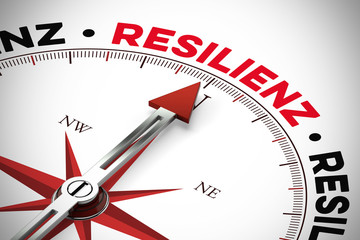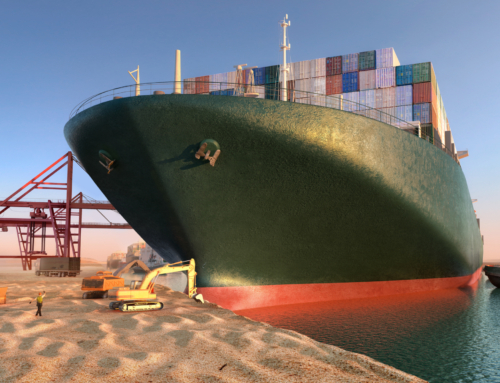The term robustness refers to systems that maintain their function despite fluctuating operating or manufacturing conditions, i.e. they are insensitive to interference. The system is in a stable state. This behaviour is also called the “principle of safe existence / safe life behaviour”. This is achieved by taking fluctuating operating conditions into account and tolerating them at the design stage.
Example: Antifreeze in windscreen wiper water for a temperature range from -20° C to 60° C
The increasing specialisation of products is proving problematic. In the above example, not only one product is available on the market, but several have different specifications:
Product A for a temperature range from – 15° C to 50° C
Product B for a temperature range from – 18° C to 45° C
Product C for a temperature range of – 10° C to 55° C
Product D for a temperature range from – 20° C to 60° C
In a requirements analysis, the later intended use is determined during the design of the product. The quality of this requirement analysis determines the robustness when using the product, since the product was developed according to these specifications. If the operating point changes during development or when using the product, this can have effects on the robustness of the system.
The vehicle with the wiper water product C drives in climatically significantly colder climates.
Unidentified requirements and boundary conditions on the product also limit the robustness. Also, the use can lead to modification constructions or so-called “off-label use”, where the user uses the product in a different way than developed.
Measures to increase robustness:
- “oversizing of the components
- clear and simple design
- field tests to determine the real loads
- use experienced, interdisciplinary team for development
- documented quality assurance over the entire life cycle Inspection/maintenance” (Feldhusen, 2011)
If the requirement analysis for a product is complete, solutions are sought for these requirements. The solutions found are compared with each other according to weighted criteria in order to select a solution that is objectively as suitable as possible and to present it, for example, by means of a value profile. The price of the solution can be part of the evaluation criteria.
Product A costs 1 €/l
Product B costs 75 cents/l
Product C costs 50 Cent/l
Product D costs 2€/l
The availability and dependence of processes or systems should also be considered from the point of view of robustness. Just-in-time production in particular is highly susceptible to events or incidents that can have a business impact due to very small time buffers and high dependency. Therefore, the entire supply chain should be a robust system. The robustness of a system can depend not only on the solution itself but also on the cost-effectiveness of the solution and the quality of the requirements analysis. In the sense of a Business Continuity Management, chapter Management Commitments the evaluation of a solution should be accomplished also with this point of view as further evaluation criterion.
Through redundancy it is possible to increase the security of a system. A system is arranged several times so that a failure of a system can be pre-planned and compensated. The list shows the different redundancy principles:
- Active redundancy: Several systems run in one process; if one system fails, there is only a partial failure and a performance limitation of the overall system.
- Passive redundancy: Reserve systems are available. If one system fails, a backup system is activated. There are no performance limitations after a switchover time.
- Passive redundancy: Redundancy is achieved on the basis of a different operating principle.
For example, the safety factor is measured with factor 2 or factor 3 and the system is oversized or the system is provided twice.
If an incident occurs despite a robust design, a malfunction occurs. If this malfunction is managed by the system without serious consequences, this “principle of limited failure / fail-safe behaviour” can also be described as resilience. The term resilience is not only used in technical language, but is also used in psychology and civil protection: Resilience from a psychological point of view “is a person’s dynamic ability to deal with adverse circumstances and situations. There are different factors such as optimism, sustainable relations or also solution orientation, which make it for humans possible to overcome crises and grow if necessary even at it. (Borgert, 2013). Resilience from the point of view of civil protection “denotes a whole series of characteristics for surviving crises without major damage. The aim is to return to a relatively stable state as quickly as possible and without lasting impairment after crises. In the area of civil protection and disaster relief, resilience encompasses qualities that count both as precautions and for coping with a crisis. These include, for example, resilience, but also the ability to adapt to new circumstances. Risk or crisis management is thus all the more successful the earlier risks are identified in advance and precautionary measures taken” (Fekete, 2011). “Resilience stands […] within a holistic framework: The aim is to reduce the effects of the damaging event on one’s own infrastructure, prepare for operations, restore normal conditions and learn from past events” (REBEKA Forschungsverbund, 2017). What they all have in common is the reference to adverse circumstances that have to be overcome by humans, technology or organisations.
In companies, a Business Impact Analysis (BIA) is carried out in the area of BCM. The aim of this is to record potential damage in the event of incidents. A risk analysis is then carried out and measures developed. These can consist of improving the robustness of their systems, developing redundancies or building up resilience. Stay excited about these topics and subscribe to our blog to get in front of the situation with us in the future.
Photo: Fotolia, 99467234







